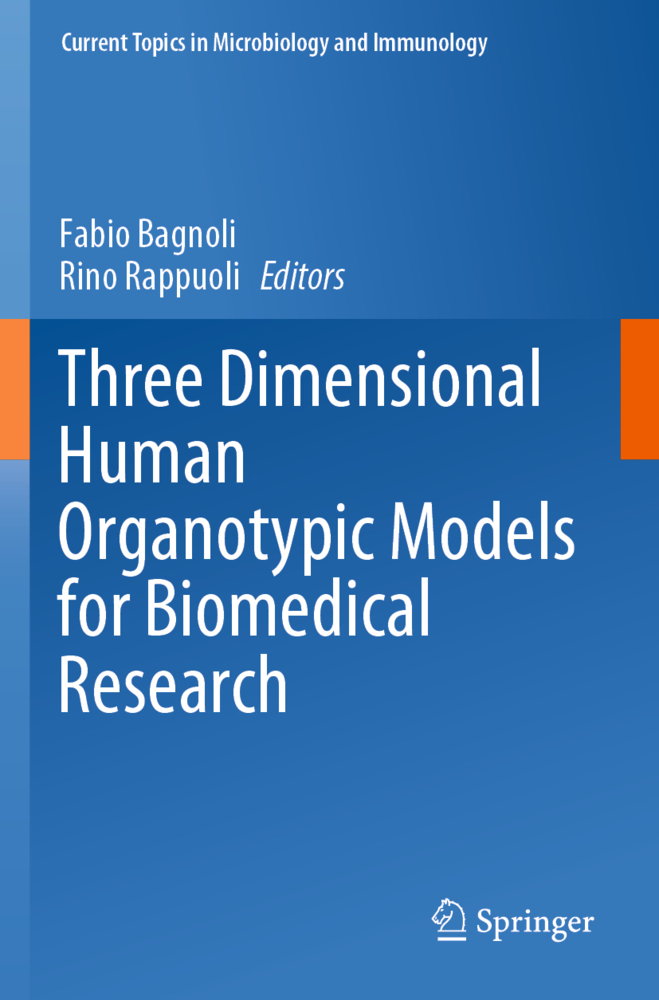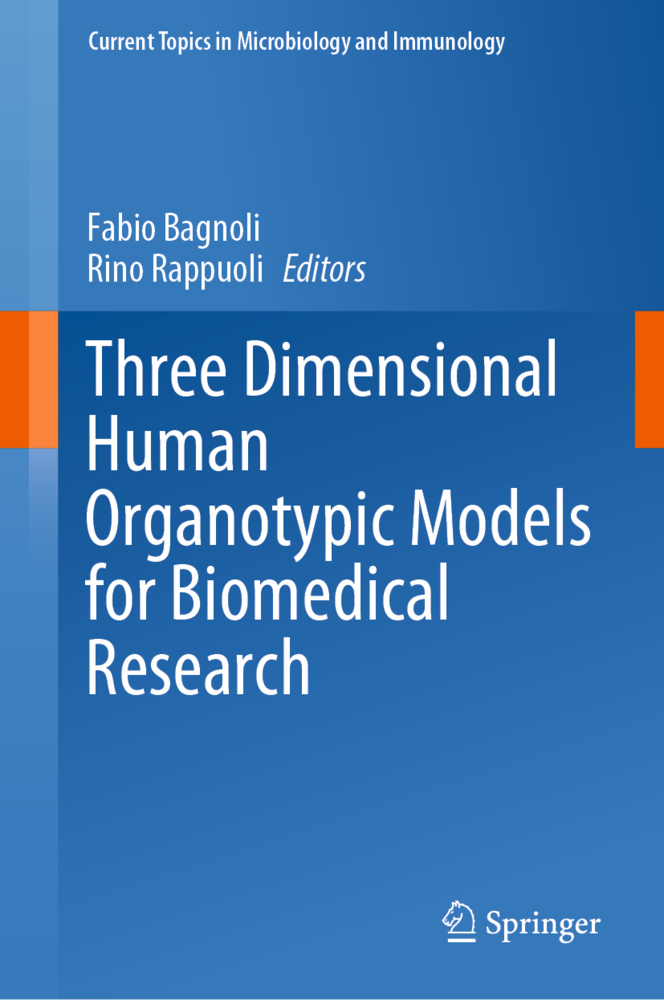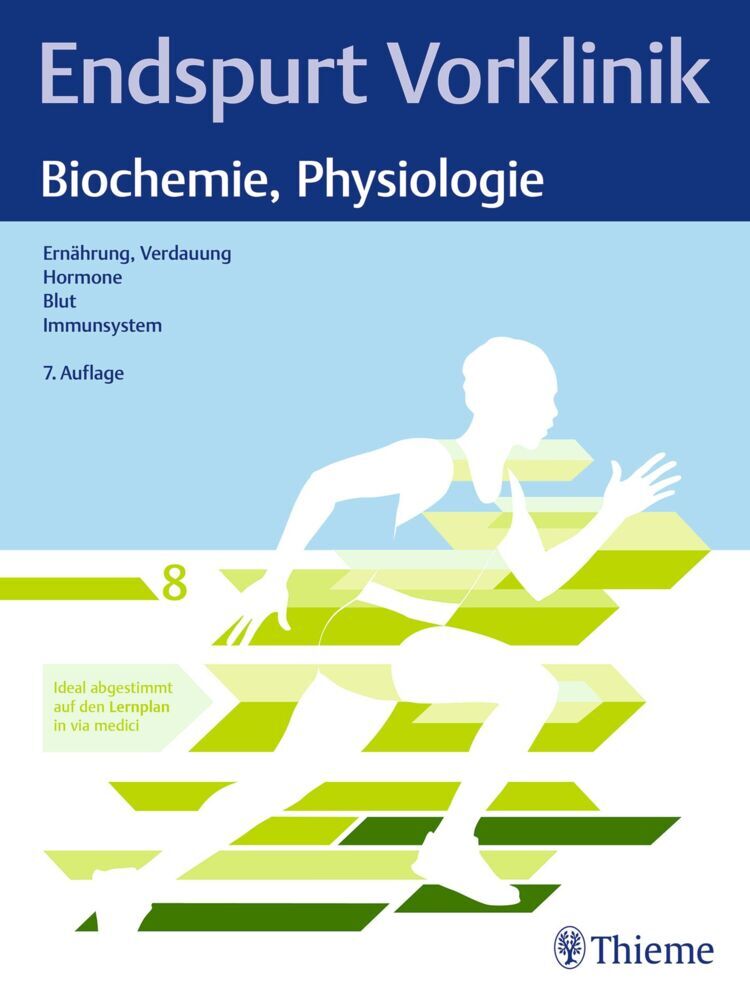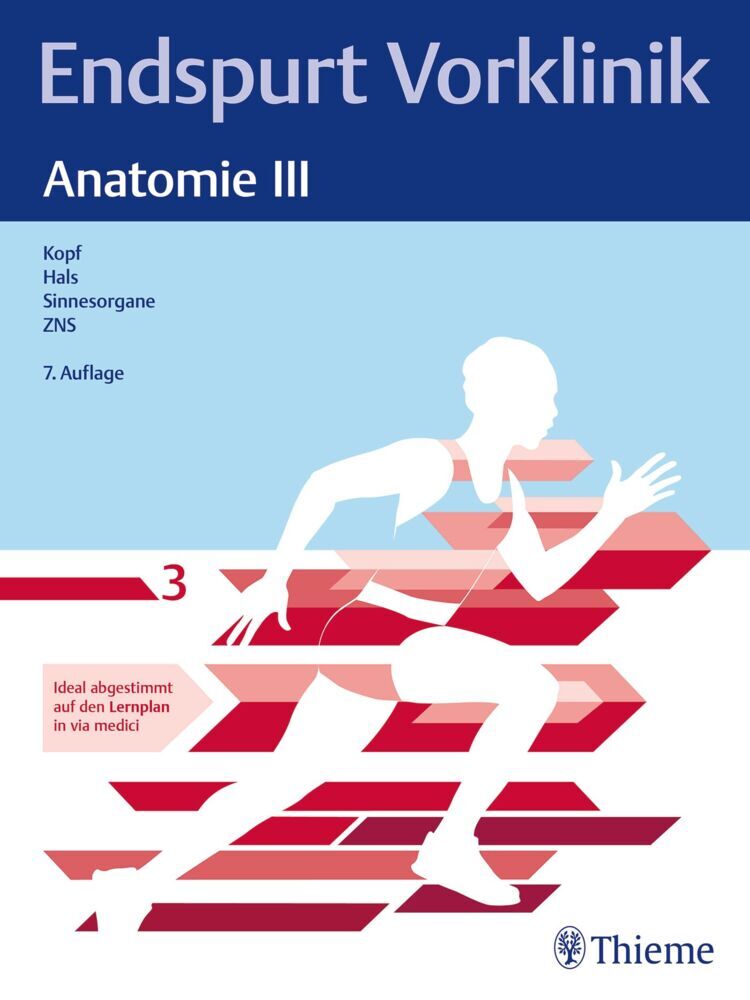Three Dimensional Human Organotypic Models for Biomedical Research
Three Dimensional Human Organotypic Models for Biomedical Research
This edited volume discusses the application of very diverse human organotypic models in major areas of biomedical research. The authors lay a main focus on infectious diseases, cancer, allergies, as well as drug/vaccine discovery and toxicology studies. Representing a valid alternative to laboratory animals, these models are relevant for most areas of translational research. As the contemporary research shows, many human tissues can today be cultivated in vitro and used for several research objectives.
This book provides an unprecedented overview of recent developments in an exciting field of research methodology. It is a reference guide for scientists in both academia and industry. Readers can update their knowledge and get hands-on recommendations on how to set up an organotypic model in their lab.
Chapters 'Progress on Reconstructed Human Skin Models for Allergy Research and Identifying Contact Sensitizers' and 'Human Organotypic Models for Anti-infective Research' of this book are available open access under a CC BY 4.0 license at link.springer.com.
Introduction: Rationale of using skin models in research.- Skin anatomy (human and animals for experimental research).- In vivo skin models.- In vitro human skin models (Skin equivalents vs skin explants).- Human skin models for studying cutaneous infections.- Skin animal models for pharmacological research.- Human skin models for pharmacological research.- Human skin models for allergological research.- Human skin models for cancer research.- Human skin models for vaccine research.
| ISBN | 978-3-030-62454-5 |
|---|---|
| Artikelnummer | 9783030624545 |
| Medientyp | Buch |
| Copyrightjahr | 2022 |
| Verlag | Springer, Berlin |
| Umfang | VIII, 265 Seiten |
| Abbildungen | VIII, 265 p. 22 illus., 20 illus. in color. |
| Sprache | Englisch |











